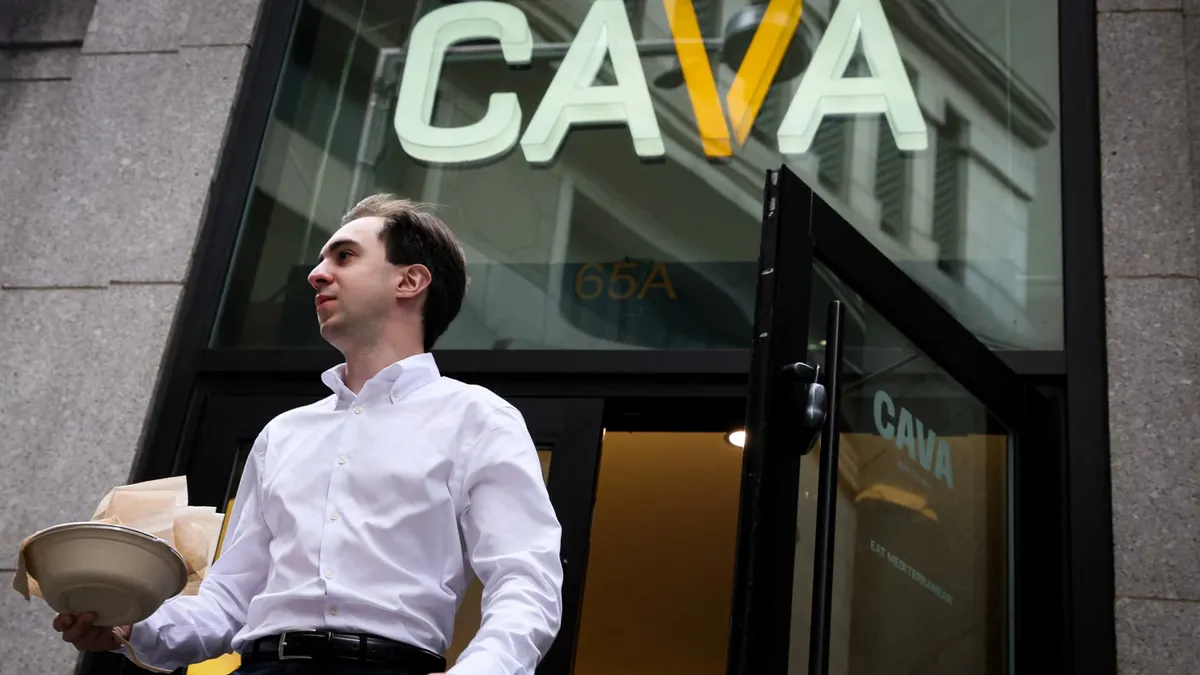
As economic uncertainty looms, many consumers are tightening their spending habits. In response, fast-casual restaurant chains are increasingly relying on rewards programs to entice customers back. These loyalty programs, designed to offer discounts and additional perks for returning patrons, have evolved from being mere bonuses to essential tools for business survival. As cost-conscious diners prioritize value, brands like Chipotle, Starbucks, Cava, and others are leveraging rewards programs to foster customer loyalty and encourage repeat visits beyond just the occasional coupon.
In challenging economic times, the significance of loyalty programs cannot be overstated. Peter Fader, a marketing professor at the Wharton School at the University of Pennsylvania, emphasizes that these programs are crucial for building and maintaining consumer relationships. According to data from Black Box Intelligence, the restaurant industry experienced an increase in monthly traffic only once over the span of a year—specifically in November. This decline in frequency translates to struggles in sales, with only 43% of restaurant brands reporting same-store sales growth in May.
Consumers who enroll in loyalty programs tend to visit restaurants more frequently. Research from Circana indicates that loyalty members make 22% more visits per year compared to non-members. Additionally, they frequent their chosen brands at double the rate of those outside the program. For instance, Starbucks reported having 34.2 million active rewards members in its second quarter, with over 59% of its U.S. company-owned transactions coming from these members. Similarly, Potbelly saw that more than 42% of its sales in the first quarter of 2025 were generated from digital business, which includes loyalty program participants.
With over 20 million active rewards members, Chipotle's loyalty program accounts for approximately 30% of daily sales. This strategy has helped the burrito chain mitigate significant price increases. Nicole West, Chipotle's vice president of digital experiences, noted, "We have really strong brand loyalty among our members. We're focused on engaging with our members in ways that resonate with them." The importance of driving customer loyalty is particularly evident as Chipotle recently reported its first same-store sales decline since 2020, reflecting a slowdown in consumer spending.
To bolster engagement, Chipotle launched a seasonal campaign called Summer of Extras, offering over $1 million in free burritos to encourage customer visits and foster competition among state visitors. West commented on the positive response to the campaign, highlighting the importance of providing value through engaging programs. Similarly, the salad chain Sweetgreen revamped its loyalty program this spring, simplifying it to better meet consumer needs in a competitive market.
Even established leaders like Starbucks are making adjustments. In June, the coffee giant replaced its controversial 25-star reusable cup bonus with a new structure that awards double stars on all purchases. While some loyalists expressed concerns over reduced earning potential, Starbucks reported steady participation rates.
While offering free rewards may attract customers, it also presents challenges for restaurants operating on thin margins. Chains hope that these promotions will cultivate long-term loyalty and encourage spending on full-priced menu items. Potbelly, for example, redesigned its loyalty system in early 2024 to a coin-based structure that allows faster redemption across menu items, resulting in increased visit frequency.
Newer entrants like Portillo's have also embraced loyalty programs, launching Portillo's Perks in March. This program employs a digital wallet system rather than a traditional app, focusing on customer visit frequency and rewarding them with badges. Portillo's aims for 1.5 million to 1.7 million sign-ups by mid-summer, showcasing their commitment to expanding customer engagement.
As the fast-casual restaurant industry navigates ongoing economic pressures, loyalty programs have emerged as a vital strategy for driving customer visits and enhancing brand loyalty. By offering meaningful rewards and adapting to consumer preferences, these chains strive to maintain their foothold in a competitive marketplace.